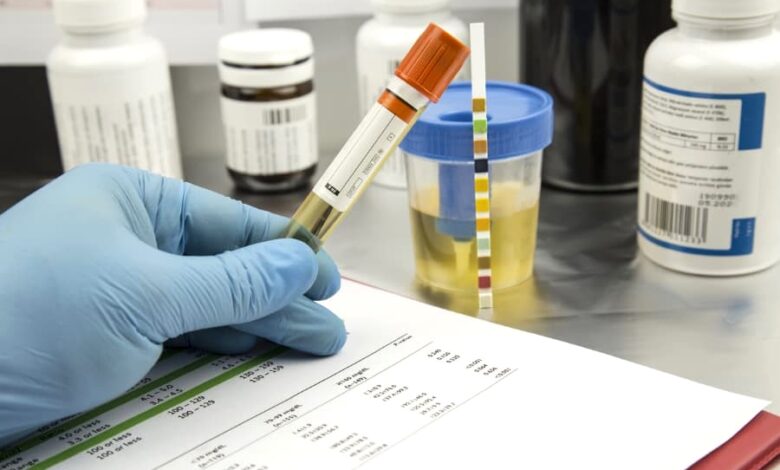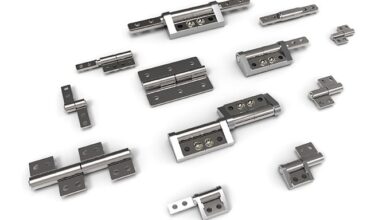Different Types of Alcohol Tests Done By Employers

Employers are increasingly concerned about the risks of employees driving or working while under the influence. Most companies now include provisions on drug and alcohol screening in their employee handbooks or through a written drug and alcohol policy. Alcohol testing is only permitted in certain jobs under DOT regulations or when a supervisor has reasonable suspicion of alcohol abuse when performing safety-sensitive duties. There are several different types of alcohol tests, including breath, urine and blood tests.
Read More: What You Need to Know About Occupational Health Screenings
Blood Alcohol Testing
Alcohol testing Pennsylvania can be conducted via a blood sample taken at a lab, similar to the breathalyzer tests you may have heard of. Employers typically perform this type of test when they reasonably suspect that you were drinking on the job or when a workplace accident has occurred, particularly in jobs requiring driving or other safety-sensitive work. A saliva alcohol test is performed by swabbing the inside of your mouth or using another specialized device and sending the sample to a lab for testing. These tests detect recent alcohol use, usually 6-8 hours back.
Workplace drug and alcohol testing is done to ensure employee safety and protect company assets. Employees who are drunk or under the influence can create a safety hazard and reduce productivity. Alcohol screening can also help employers meet federal and state regulations for certain industries, including transportation, by ensuring they are not hiring individuals who pose a risk to public safety.
Urine Alcohol Testing
While alcohol can be detected in a urine test, breath and blood testing are more accurate. Urine alcohol tests measure the presence of ethanol and its metabolites (breakdown substances) in the urine sample. Although the body swiftly breaks down alcohol, certain metabolites can last many days in the urine. These metabolites, such as ethyl glucuronide (EtG), can be detected in a urine test and indicate recent alcohol consumption. A urine alcohol test can detect other drugs, such as amphetamines and benzodiazepines. It can be used as a stand-alone test or part of a five or 10-panel drug test. It is commonly conducted for DOT-regulated jobs or when an employer reasonably suspects an employee may be impaired. The results are usually known within a few hours of taking the test. It is a less invasive and more cost-effective alternative to blood testing.
Pre-Employment Testing
During the pre-hire stage, alcohol testing is often part of the hiring process. It allows employers to ensure they are hiring a safe and responsible worker. Most companies will have their drug and alcohol policies clearly stated in the employee handbook so applicants can know what to expect. For active employees, alcohol testing is usually conducted when it is job-related and consistent with business necessity. It covers circumstances when an employer has a good basis to believe that a worker is intoxicated while on the job or after an accident at work. However, it is important to note that a breath alcohol test only detects use within 6-8 hours of consumption. As such, a urine or blood alcohol test is more likely to be used in these cases. These tests are also better for post-accident tests because they directly measure blood alcohol content. It provides more accurate results for the time of the incident.
Read More: How Becoming an EMT Can Boost Your Healthcare Career
Breath Alcohol Testing
The most used type of workplace alcohol screening is breath alcohol testing. It provides same-day, accurate results that are court-admissible. The test measures the level of ethanol (alcohol) in the employee’semployee’s breath. Typically, an employer will use an EBT, or Evidential Breath Test device, to administer the test. DOT regulations require employers to conduct a BAC test when they have reasonable suspicion of an employee’semployee’s inability to perform safety-sensitive job functions. The reasonable doubt must be based on specific, explainable observations such as an employee’semployee’s appearance, behavior, speech or body odors. Using a lab-based urine drug test that directly analyzes a sample for alcohol, an employer can determine whether an employee has an elevated blood alcohol concentration (BAC). An employer can also request an EtG, or ethyl glucuronide, urine test to identify recent alcohol use. This test is more effective than a standard urine test, as it can detect alcohol use up to 80 hours ago.









